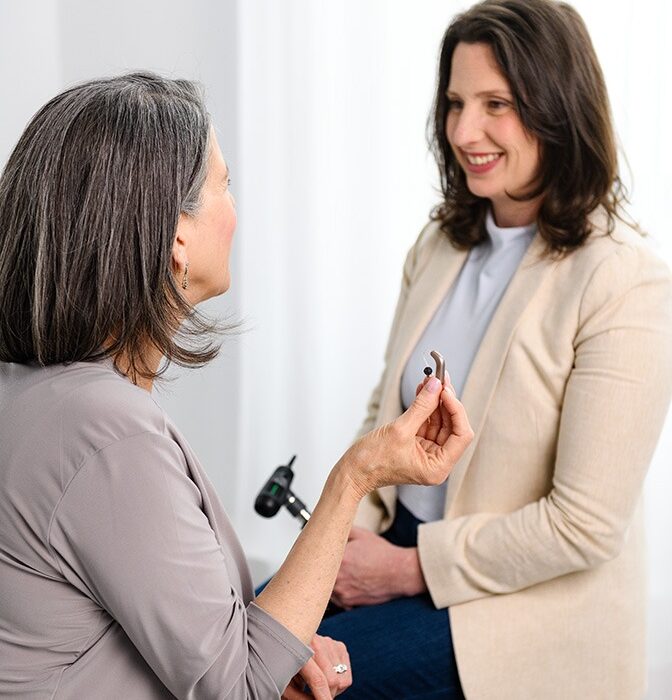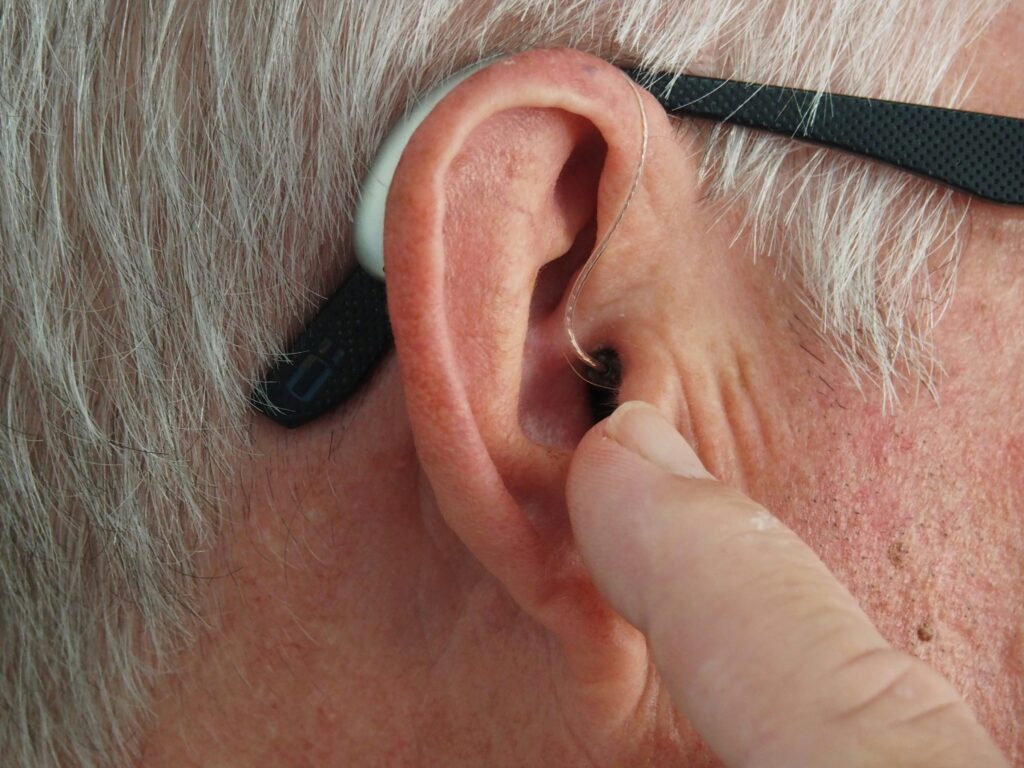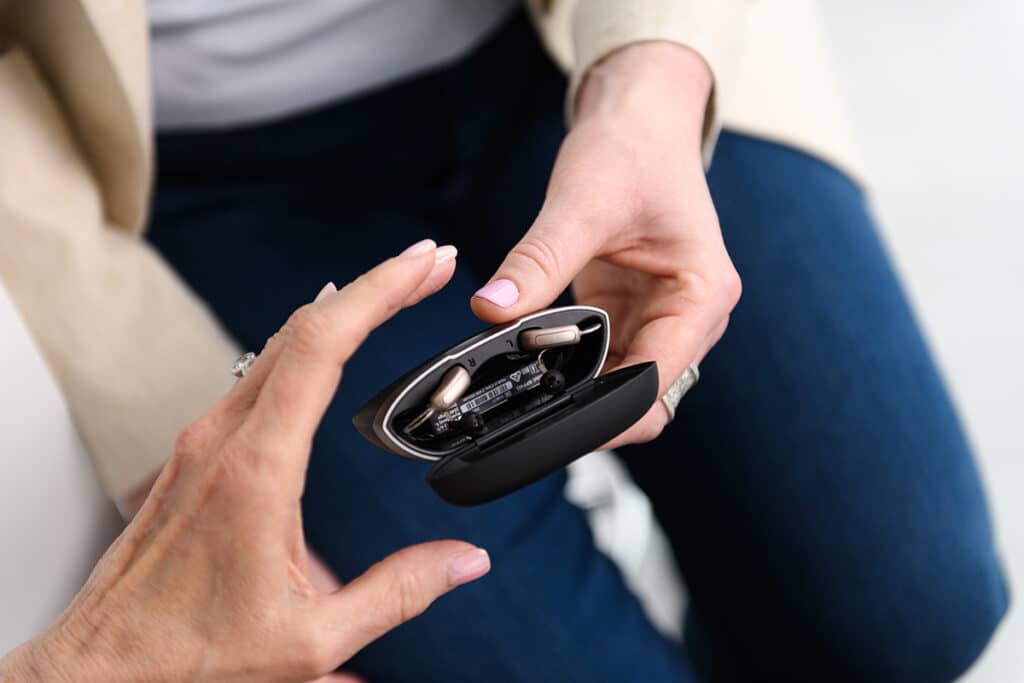Initial Setup, Programming & Use
Hearing aids should be professionally fitted and programmed to provide the best results for your specific hearing needs. In the beginning, your brain will need to re-identify what is important to you. Certain unwanted sounds can be somewhat overwhelming, such as footsteps, water running, and newspapers. It can also be normal for your voice or the physical fit of the hearing aids to be unusually noticeable to you. It will become more comfortable as you continue to wear the hearing aids.
Professional adjustments can be made to enhance clarity and comfort in various listening environments, however there is also a period of adjustment for your brain to hear differently through the hearing aid.
Learn more about hearing aid fitting








